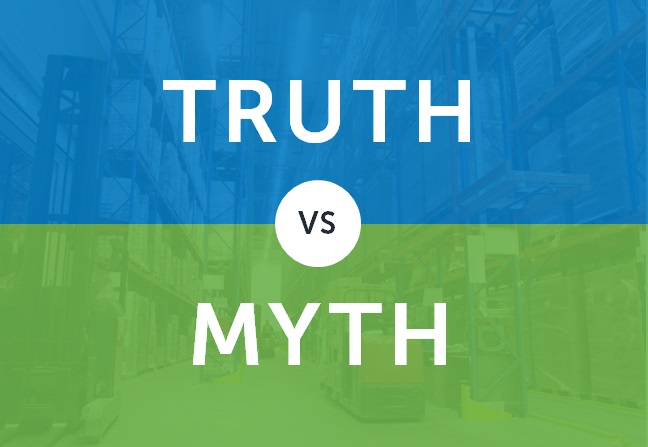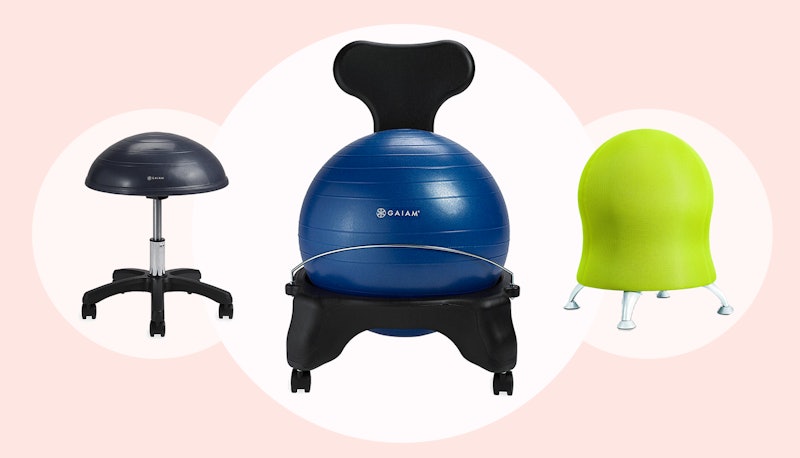Fancy Over Fact and Function
 |
"Although the existing body of literature is small, and the studies have limitations ... the literature to date does not suggest significant health benefits to justify unstable sitting as a health promotion practice.""Increased movement of the spine, if beneficial, should reduce disc shrinkage because the beneficial movement would increase fluid exchange within the intervertebral disc.""The loss in spinal height due to intervertebral disc shrinkage calls into question any benefits on the spine.""Anecdotal evidence among ergonomics professionals of people falling from the free-rolling stability balls [speak to a lack of stability]."Brian Lowe, research industrial engineer, National Institute for Occupational Safety and Health, Centers for Disease Control and Prevention
"[...Prolonged sitting on a stability ball does not greatly alter the manner in which an individual sits, yet it appears to increase the level of discomfort. The amount of movement that these unstable surfaces allow for really is not so much more so that the benefits outweigh the potential consequences.""I would say, maybe work up to an hour, but at the end of the day, I don't think anyone should be sitting longer than an hour, even in a fancy office chair.""[Get up, move about]. That's going to be so much more beneficial than anything you're sitting on to begin with."Diane Gregory, associate professor, Department of Kinesiology and Physical Education, Wilfred Laurier University, Waterloo, Ontario"Using an unstable surface allows those muscles to be turned on.""The bigger picture is that a healthier way to sit is varying what we sit on. It's also important to pay attention to posture and get up and move as often as possible, even if it is just for a few seconds."Tessa Elliott, physical therapist, Atlanta
 |
Replacing your desk chair with a stability ball seems like a good way to sneak in some core exercise while you work. But how effective is it, really? Sitting on a chair requires no muscle activity at all and it actually hurts us for a number of reasons, says John P. Porcari, PhD, FACSM, exercise physiologist at the University of Wisconsin, LaCrosse |
Choosing to balance on an unstable surface requires core engagement; abdominal, lower back and pelvic muscles brought into action. Theoretically engaging the body core aids it to become stronger which should in turn improve posture and reduce back pain. All of which makes sense, when connected to the use of balance balls in preference to desk chairs to gain similar benefits. It's just that, as pointed out by Brian Lowe, research industrial engineer, the theory does not have the support of science.
Stability balls have been promoted by manufacturers, that's what they do, after all, engage in positive public relations for the purpose of gaining notice and customers for their products. So their product is promoted both as workout equipment and as office type 'furniture', with claims that their use as desk chairs will result in improved posture out of which a core-strengthening workout is facilitated. Claims which have made stability balls' use in lieu of office chairs popular for years.
Along with colleagues, Lowe published a commentary in the American Journal of Health Promotion expressing caution over the claims of the balls' superior function and health and fitness properties advanced by the manufacturers and enthusiastically taken up by fitness gurus. The commentary based its conclusions partially on published papers, one of which was a study out of Professor Gregory's lab. One other study cited by Lowe focused on "spinal shrinkage"; a decrease in spine height as a result of the discs flattening between the vertebrae.
 |
Then there is the promise of burning extra calories as a result of balancing on a stability ball. According to two studies measuring the variance between sitting on a regular chair or on a stability ball, the conclusion was reached that the difference came out to about four calories per hour. In sum, the loss of roughly 30 calories over an eight-hour period of balancing on a stability ball.
Stability balls in fitness routines have their place, but participating in a workout requiring core activities day-long, reflecting their use as office chairs makes little sense, points out Dr.Gregory: "We don't want to have a muscle activated and then stay activated for a period of time".
According to physical therapist Tessa Elliott, the balls can be of help to patients looking to build endurance in their deep abdominal muscles: "Using an unstable surface allows those muscles to be turned on", she explained, as part of a team at Armstrong State University in Savannah, Georgia, comparing stability balls with desk chairs in a 2016 study that concluded sitting on a stability ball failed to reduce lower back pain, while it did improve endurance in the muscles controlling forward and backward movement.
- Stability balls do not provide any inherent benefits in the absence of other physical training and workstation interventions
- Over a prolonged period of sitting (one hour) no differences in trunk muscle activation patterns were observed, suggesting the ball does not aid in core strengthening
- The ball does not actually provoke an improved posture as no differences were found in lumbar spine posture
- Individuals complained of more discomfort when sitting on the stability ball
- Use of ball as a chair may increase the risk of developing low back discomfort and increase the risk of sustaining an injury due to the unstable nature of these balls.
Centre of Research Expertise for the Prevention of Musculoskeletal Disorders (CRE-MSD)\, University of Waterloo
Labels: Fitness, Health, Stability Balls, Studies

0 Comments:
Post a Comment
<< Home